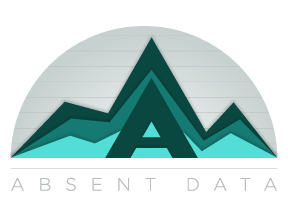Find and Highlight Duplicates in Excel
You can quickly find duplicates in Excel by employing a few different strategies. Often users want to see if there is a duplicate email in a list. Also, retailers may want to see if there have been duplicate transactions over a given period of time. There are tons of scenarios where you may want to […]
